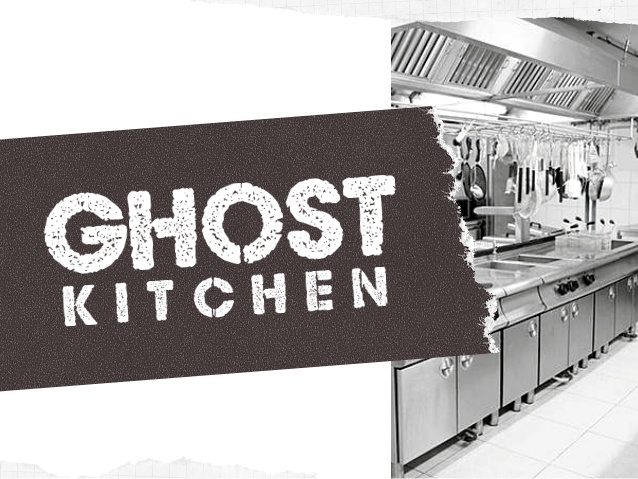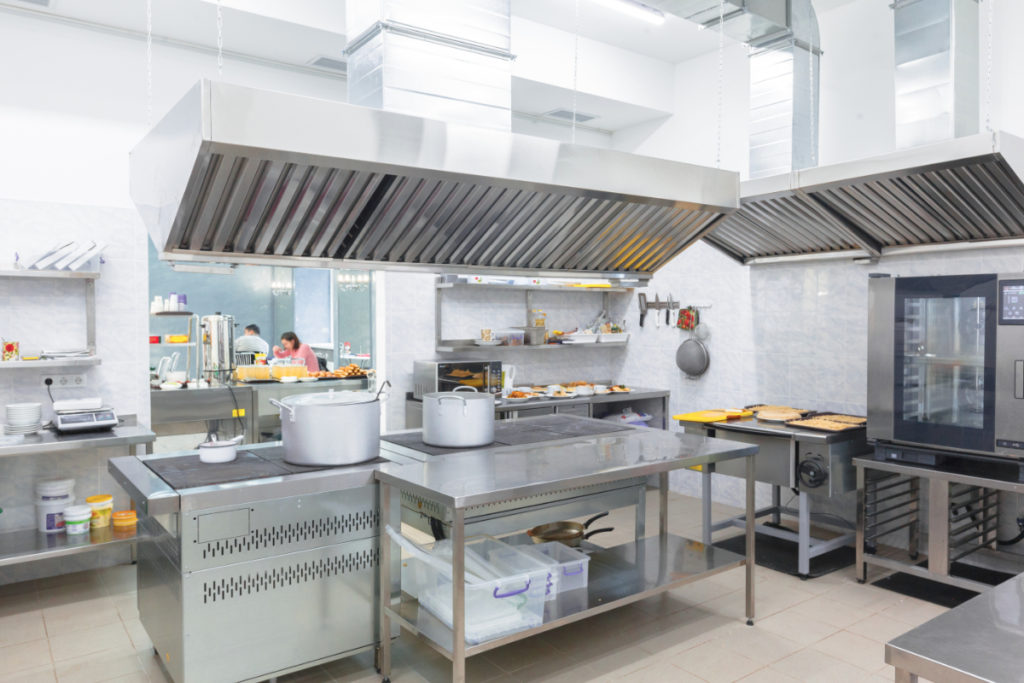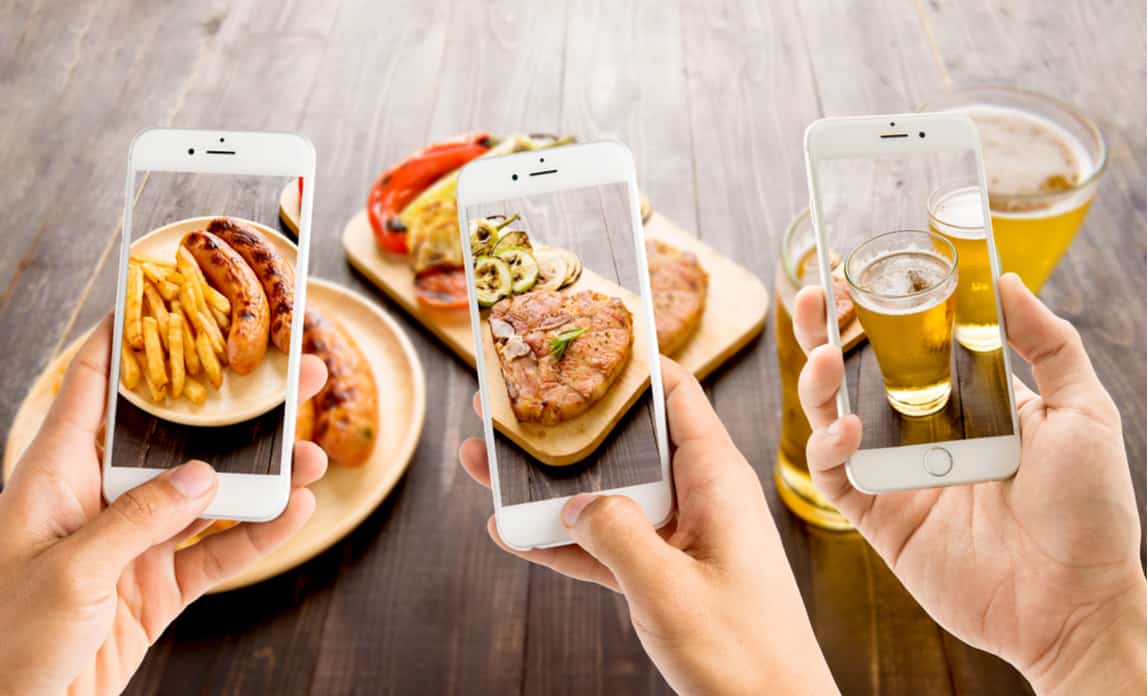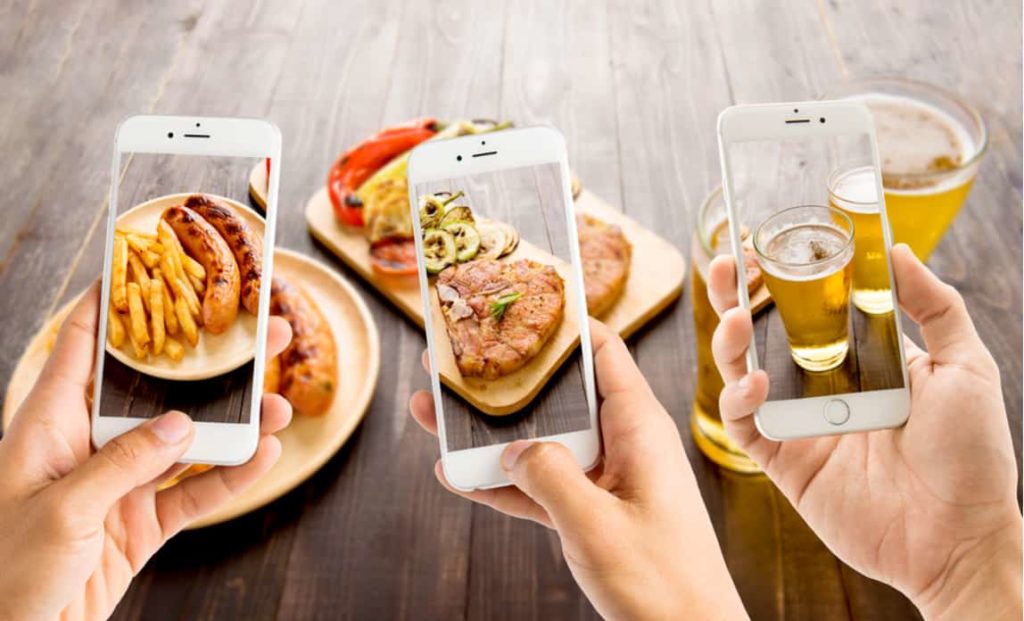Are Ghost Kitchens The Future of Restaurant Business?

This year, every restaurant franchise is grappling with decisions about delivery. But the fact is, delivery was a priority even before the pandemic, with 78 percent of respondents in last year’s National Restaurant Association survey looking to focus on their off-premise strategy.
This year, 33 percent of customers report that they are ordering more take-out, creating a significant new revenue stream for restaurants willing to double-down on delivery.
Ghost kitchens — professional cooking facilities created for the preparation of delivery-only meals — enable restaurants to rapidly start delivering food to their customers. These kitchens exploded in popularity this year, but the question remains, are ghost kitchens here to stay, or will they go the way of the food hall and crumble like a house of cards?
What’s in it for the restaurant?
From a value perspective, it’s easy to understand the appeal of a ghost kitchen. By cutting out the expense of front-of-house operations and dining rooms, restaurant operators can significantly reduce rent and labor costs. Delivery is also difficult for most brands to do well on their own, and facilities like DoorDash Kitchens in California already have the infrastructure and agreements in place to enable third-party delivery for their tenants.

What’s in it for the ghost kitchen?
The most successful ghost kitchens, typically operated by a separate parent company, use their own staff of delivery drivers and offer a variety of cuisine from a single location. These companies operate several of their own proprietary food brands out of their ghost kitchens (i.e., a generic Mexican, Chinese or burger concept).
Customers typically aren’t familiar with the generic ghost kitchen brands, and consumer behavior trends confirm that younger customers prefer brands with a soul and a strong reputation. A significant 90 percent of millennials say authenticity is important when choosing which brands to support. To solve their credibility problem and keep their generic brands afloat, ghost kitchen companies are choosing to lease some of their space to well-known brands with existing, loyal customer bases.
The bottom line
On the surface, ghost kitchens are a win-win. Fast-growing, popular restaurant concepts can quickly ramp up delivery, and ghost kitchens can boost their credibility and, by extension, visibility and sales for their generic brands. However, a closer look reveals that the benefits are one-sided.
As soon as a ghost kitchen brings a franchise brand on board, they are looking for an exit strategy. Ghost kitchens will only pay fees and royalties to a brand long enough to get market share. As soon as they do, they bring everything back in-house to sell their own proprietary brands.
Ghost kitchens need the street cred of an established brand but fail to offer enough upside. Third-party delivery fees add up quickly, limiting a brand’s ROI and stifling its growth. A recent New York Times report found that the base fees large delivery services charge small restaurants can add up to 20-30 percent of each order. For concepts already operating with razor-thin margins, the juice isn’t worth the squeeze.

What’s next?
Ghost kitchens will likely follow the 80/20 rule. Eighty percent will fail, and 20 percent will succeed — but only those that enlist a brand with a soul to join their facility. There will be too many ghost kitchens — and too many without a reputation backing them — to make it.
For franchisors, leasing space in a ghost kitchen is a short-term solution to a long-term problem. Delivery will still be a priority in a post-Covid world, so restaurants should avoid third-party ghost kitchens and instead consider investing in their own off-premise operations.
Tech-forward brand Wow Bao is leading the pack with their delivery strategy. They adopted an off-premise platform allowing other restaurants to sell their product through third-party delivery — essentially transforming any kitchen into a ghost kitchen. Wow Bao’s new model offers a significant opportunity for restaurants to create a new revenue stream and easily diversify their offerings.
By investing in their own ghost kitchen or off-premise platform, franchisors can get the best of all worlds — a strong delivery operation, the opportunity to strengthen their brand reputation and the best possible ROI.



